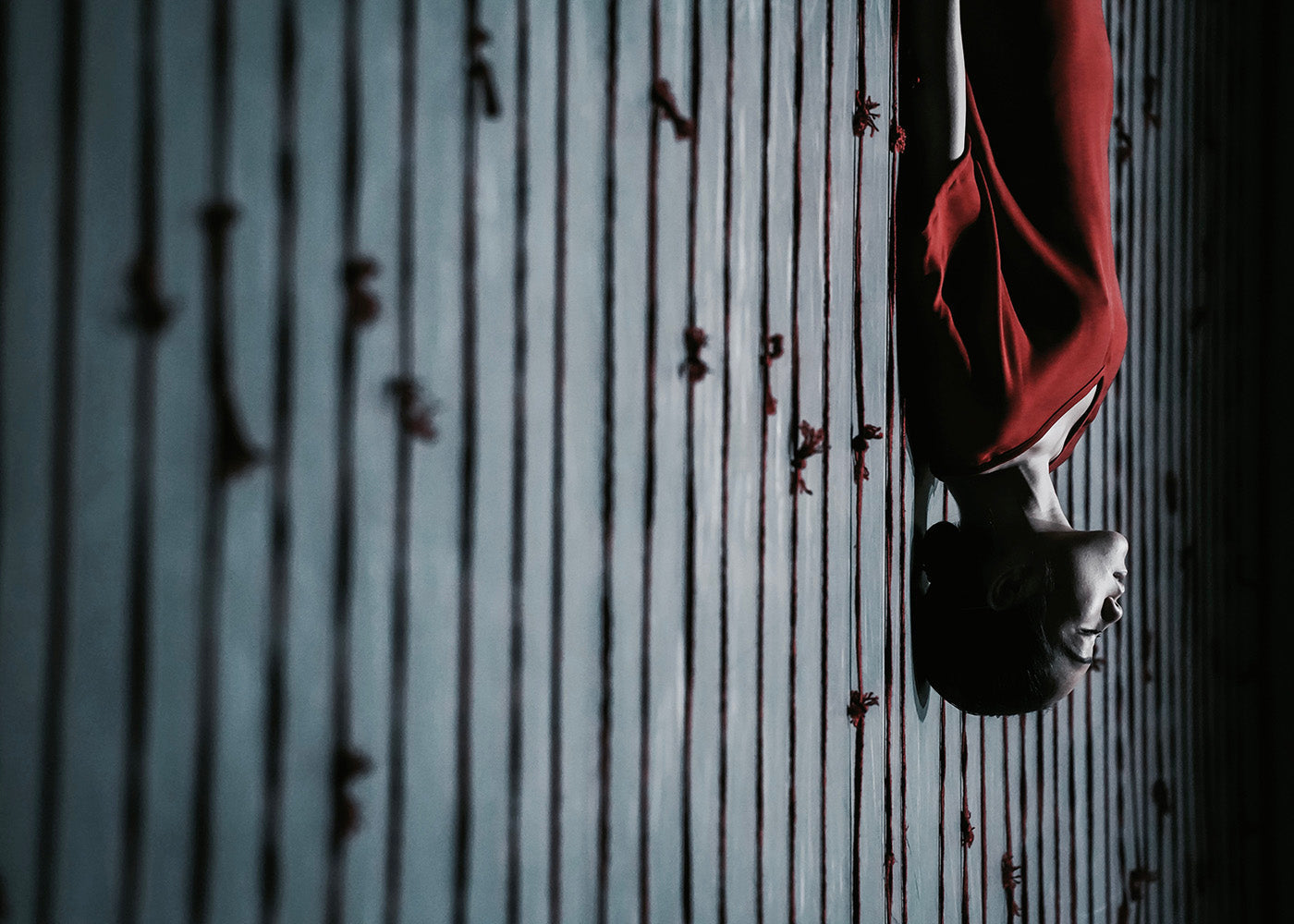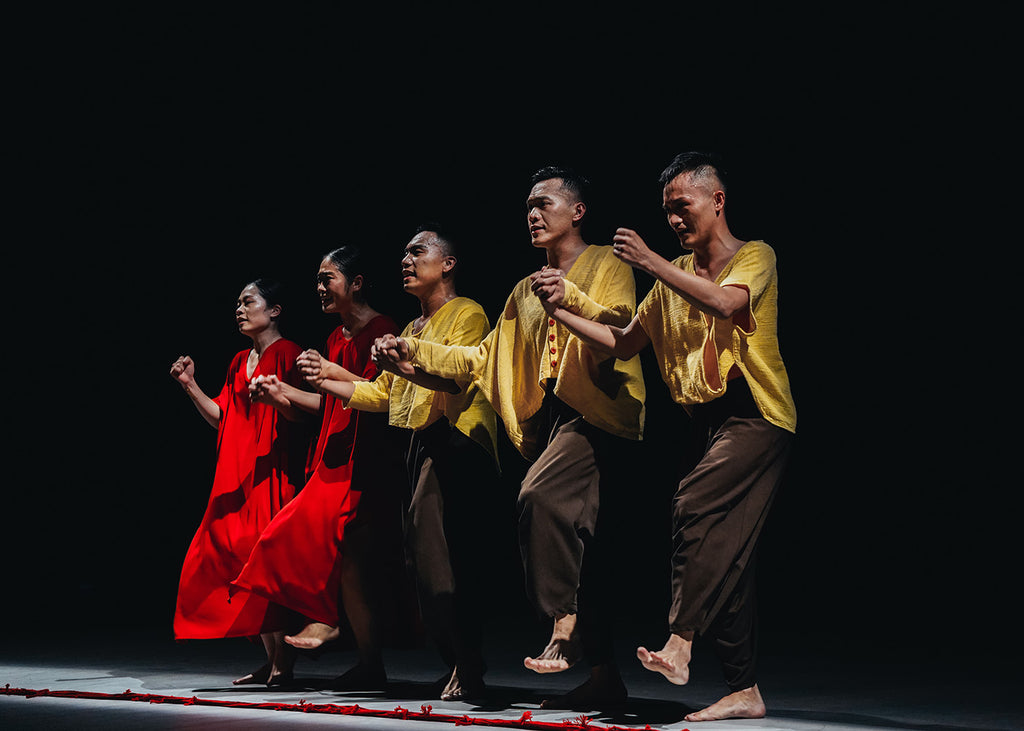Mishima’s Muse
Japan Society’s Yukio Mishima centennial series culminated with “Mishima’s Muse – Noh Theater,” which was actually three programs of traditional noh works that Japanese author Yukio Mishima adapted into modern plays.
Plus
World-class review of ballet and dance.
As October starts to draw to an end, so too does Dance Umbrella, London’s annual international dance festival. Having worked their way through the Barbican and Sadler’s Wells East, one of the final programmes is on at the Place—which has had an especially impressive Autumn season. The Taiwanese company Tjimur Dance Theatre brings their work “Bulabulay Mun?” meaning “how are you?” from resident choreographer Baru Madiljin. The company’s art reflects the history and culture of the Paiwan people, one of Taiwan’s indigenous communities.
Performance
Place
Words



“Uncommonly intelligent, substantial coverage.”
Your weekly source for world-class dance reviews, interviews, articles, and more.
Already a paid subscriber? Login

Japan Society’s Yukio Mishima centennial series culminated with “Mishima’s Muse – Noh Theater,” which was actually three programs of traditional noh works that Japanese author Yukio Mishima adapted into modern plays.
PlusThroughout the year, our critics attend hundreds of dance performances, whether onsite, outdoors, or on the proscenium stage, around the world.
PlusOn December 11th, the Alvin Ailey American Dance Theater presented two premieres and two dances that had premiered just a week prior.
PlusThe “Contrastes” evening is one of the Paris Opéra Ballet’s increasingly frequent ventures into non-classical choreographic territory.
Plus
comments